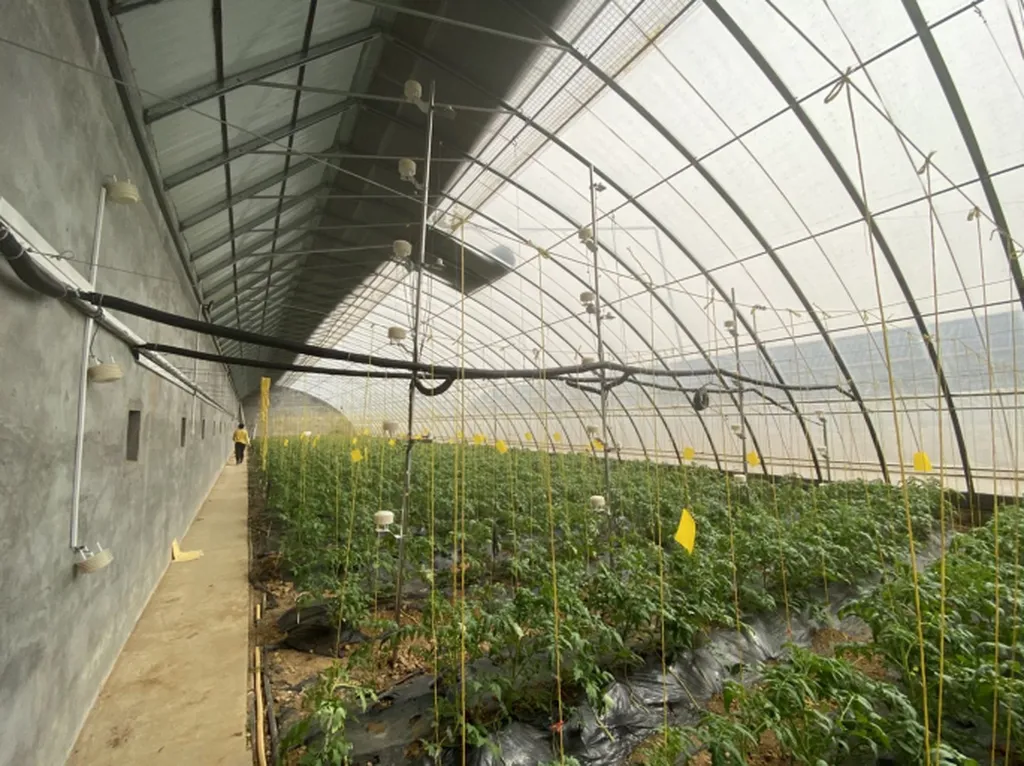In the ever-evolving landscape of smart agriculture, a groundbreaking study has emerged, offering a fresh perspective on how environmental factors influence tomato fruit expansion in greenhouses. The research, led by Yunlong Li from the Intelligent Manufacturing College at Tianjin Sino-German University of Applied Sciences, combines Internet of Things (IoT) sensing with explainable artificial intelligence (XAI) to provide actionable insights for growers.
The study, published in *Scientific Reports*, addresses a critical gap in understanding the quantitative and threshold-based response of tomato fruit expansion to microclimatic factors. By deploying a robust environmental monitoring system, the researchers continuously captured key variables such as air and soil temperature, humidity, light intensity, CO2 concentration, soil moisture, and soil electrical conductivity. These data were then fed into a Random Forest regression model, enhanced with SHapley Additive exPlanations (SHAP) and Partial Dependence Plots (PDPs) to ensure interpretability.
The results were striking. The study revealed that soil temperature (~21.8°C), light intensity, and soil electrical conductivity were the most influential drivers of fruit expansion, each exhibiting distinct threshold behaviors. “This level of interpretability is a game-changer,” said Li. “It allows growers to understand not just what affects fruit expansion, but how and to what extent.”
The implications for the agriculture sector are profound. With an R2 value of 0.82 and an MSE of 0.0046, the proposed IoT–XAI framework demonstrates both predictive accuracy and interpretability. This means growers can now make data-driven decisions to optimize climate and fertigation management, ultimately enhancing yield and marketability.
The commercial impact of this research is significant. As the demand for sustainable and efficient agricultural practices grows, the ability to interpret and act on environmental data becomes increasingly valuable. “This framework transforms raw sensor data into actionable insights,” Li explained. “It’s not just about collecting data; it’s about using that data to make informed decisions that can improve crop outcomes.”
Looking ahead, this research could shape future developments in smart agriculture by promoting the adoption of interpretable machine learning models. As Li noted, “The future of agriculture lies in our ability to integrate technology and data in ways that are both effective and understandable. This is just the beginning.”
In an industry where precision and sustainability are paramount, this study offers a promising path forward, one that could redefine how we approach crop management in the years to come.

